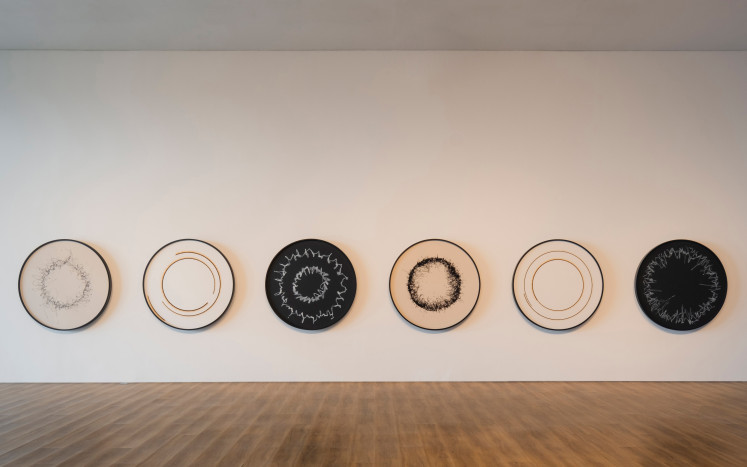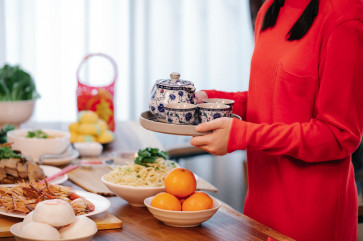Popular Reads
Top Results
Can't find what you're looking for?
View all search resultsPopular Reads
Top Results
Can't find what you're looking for?
View all search resultsChinese-Indonesians share their most memorable New Year’s feast
Food is a major part of Chinese New Year celebrations. Chinese-Indonesians talk about the meals that have stayed with them.
Change text size
Gift Premium Articles
to Anyone
F
ood is a major part of the Chinese New Year celebrations. Chinese-Indonesians talk about that meals they have shared for the holiday that have stayed with them.
One of the world's most widely observed holidays is the Lunar New Year, often known as the Chinese New Year. In these get-togethers, loved ones spend meaningful time with one another.
A particular highlight is unmarried young individuals eagerly anticipating to receive hóngbāo (紅包 translated as red envelope) stuffed with cash. However, eating is equally essential during the Sin Cia celebration (Chinese New Year).
During the Chinese New Year, the cuisine holds symbolic value. Guansheng Ma wrote in his 2015 publication “Food, eating behavior and culture in Chinese society” that the "symbolic significance of food eaten in religion is more important than the nutritional value."
There is unquestionably more profound symbolism in selecting food ingredients. For example, seaweed is a homonym of ‘rich’; noodle symbolizes health and long life and sticky rice balls mean a close-knit family.
Many Chinese Indonesians discuss the meals they consider the most symbolic hallmarks of the Chinese New Year.
Misua



















